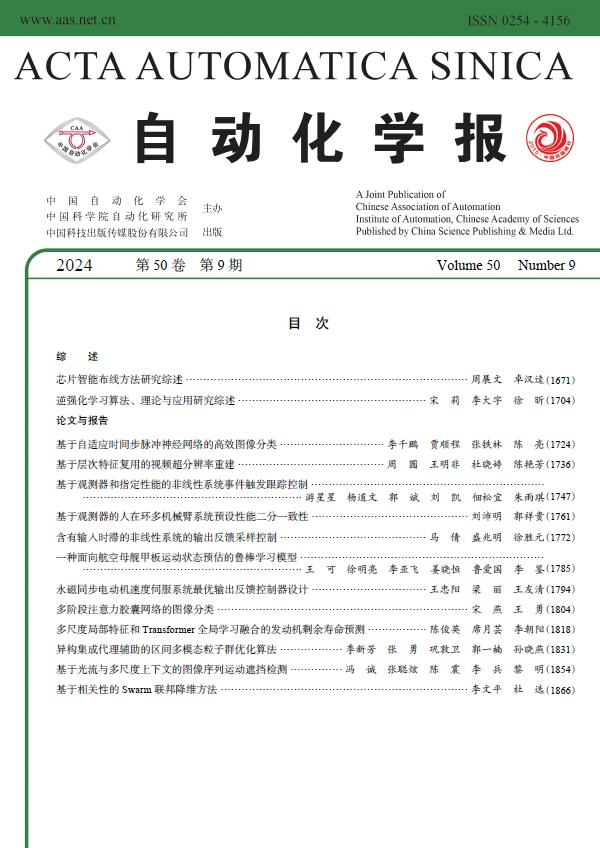Robust Sequential Covariance Intersection Fusion Kalman Filtering over Multi-agent Sensor Networks with Measurement Delays and Uncertain Noise Variances
Abstract
This paper deals with the problem of designing robust sequential covariance intersection (SCI) fusion Kalman filter for the clustering multi-agent sensor network system with measurement delays and uncertain noise variances. The sensor network is partitioned into clusters by the nearest neighbor rule. Using the minimax robust estimation principle, based on the worst-case conservative sensor network system with conservative upper bounds of noise variances, and applying the unbiased linear minimum variance (ULMV) optimal estimation rule, we present the two-layer SCI fusion robust steady-state Kalman filter which can reduce communication and computation burdens and save energy sources, and guarantee that the actual filtering error variances have a less-conservative upper-bound. A Lyapunov equation method for robustness analysis is proposed, by which the robustness of the local and fused Kalman filters is proved. The concept of the robust accuracy is presented and the robust accuracy relations of the local and fused robust Kalman filters are proved. It is proved that the robust accuracy of the global SCI fuser is higher than those of the local SCI fusers and the robust accuracies of all SCI fusers are higher than that of each local robust Kalman filter. A simulation example for a tracking system verifies the robustness and robust accuracy relations.

 求助内容:
求助内容: 应助结果提醒方式:
应助结果提醒方式:


